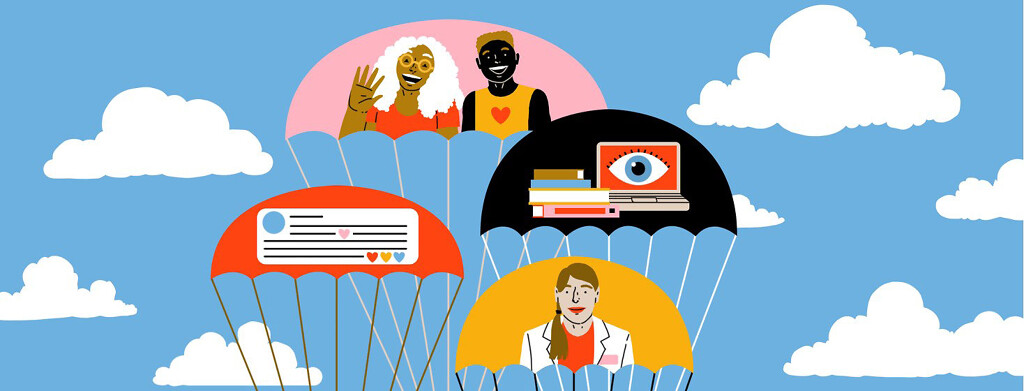Finding a Doctor to Treat My Dry Eye
It has been a little over a year since I was thrust into the abyss of dry eye. I began wearing glasses at age 2 and by age 14, I wanted contact lenses. I wore contact lenses for over 16 years.
It seemed like I woke up with dry eye overnight, but I know it was brewing for a while. My eyes were burning something fierce; I just wanted to keep them closed. They were red, itchy, and would water sometimes, which was very confusing.
Few answers from my doctor
My eye doctor did not seem to have a lot of answers. He told me my eyes looked inflamed, and they may be a little dry. He sent me home with artificial tears and told me to use them as much as I needed.
I followed his suggestion for about 3 months, and it just seemed to be getting worse. He then sent a referral to a cornea specialist to see if he was overlooking things. I felt relieved and nervous at the same time. My eyes felt terrible, but I was excited to get a second opinion.
Needing a specialist
The first time I heard about meibomian gland dysfunction was from the second ophthalmologist. He told me my glands were not producing much oil, and that could be contributing to my dryness and eye pain.
After a few months of trying different eye drops, I was still having a lot of dryness and wasn’t seeing much improvement. I could tell he was trying his hardest to help me, but I knew at that point I needed a dry eye specialist. I felt crazy sometimes, because I could not figure out what was causing such an uncomfortable feeling, despite using so many different therapies.
Thanks to the dry eye support community on Facebook, I found my dry eye specialist that I see to this day. She did a very detailed dry eye exam and diagnosed me with meibomian gland dysfunction and evaporative tears. It took around 8 months to get an official diagnosis and explanation to what was going on.
Difficulties of living with chronic dry eye
For me, it was hands down not being able to do things I once loved doing. Even going for a walk on a slightly breezy day would make my eyes so dry that I could not even see clearly.
I think it’s hard to talk about this struggle with people who do not struggle with it. As a mom, there are times where I can’t go outside without moisture goggles on. For my self-image, that really took a hit. Another difficulty is the constant use of artificial tears and people asking me in social settings if I was ok, because it looked like I was crying.
Hard to explain to others
Anxiety is a second runner-up for me. When your vision is blurry from the dryness or you just can’t seem to find relief, that is worrisome. Everyone says the eyes are the windows to the soul – well, mine need to be shut, because I can’t see clearly. It’s hard to explain this to others who do not struggle like we do. It can be easy for someone to say to us, "Put more drops in if they are dry."
Another aspect of dry eye is cost. Not a lot of treatments are covered by insurance, and buying eye drops can be costly. Especially since everyone is so different. What may work for me may not work for you. There is a lot of trial and error in the realm of dry eye, and with that comes wasted money on treatments that don’t work.

Join the conversation